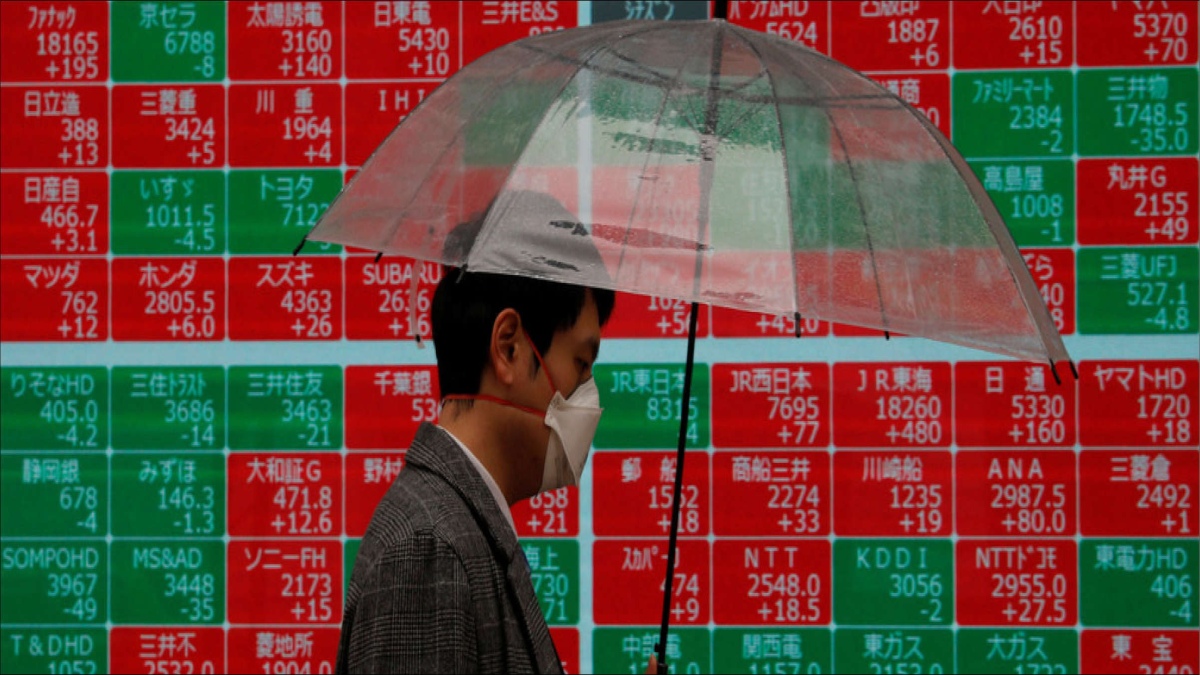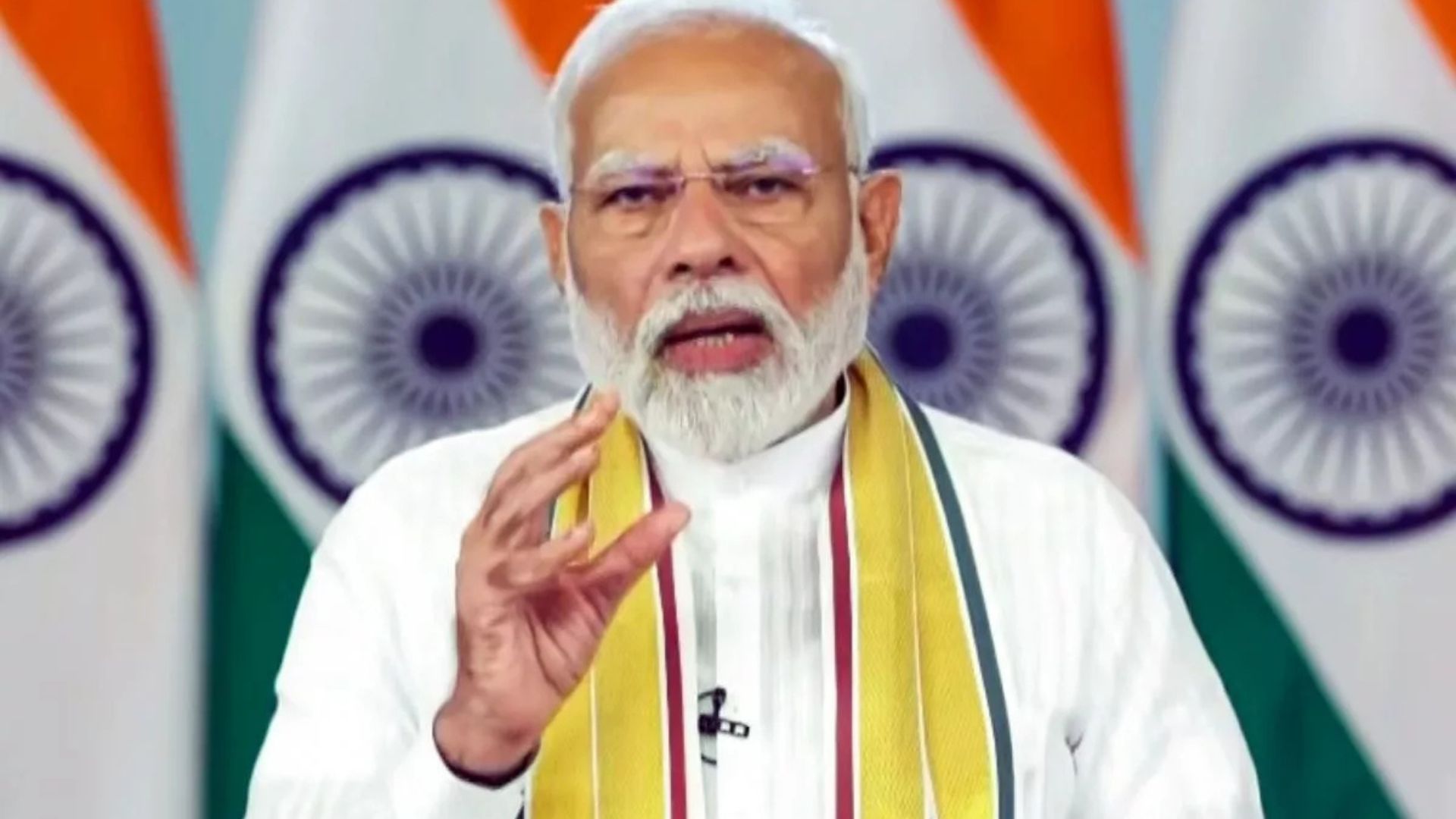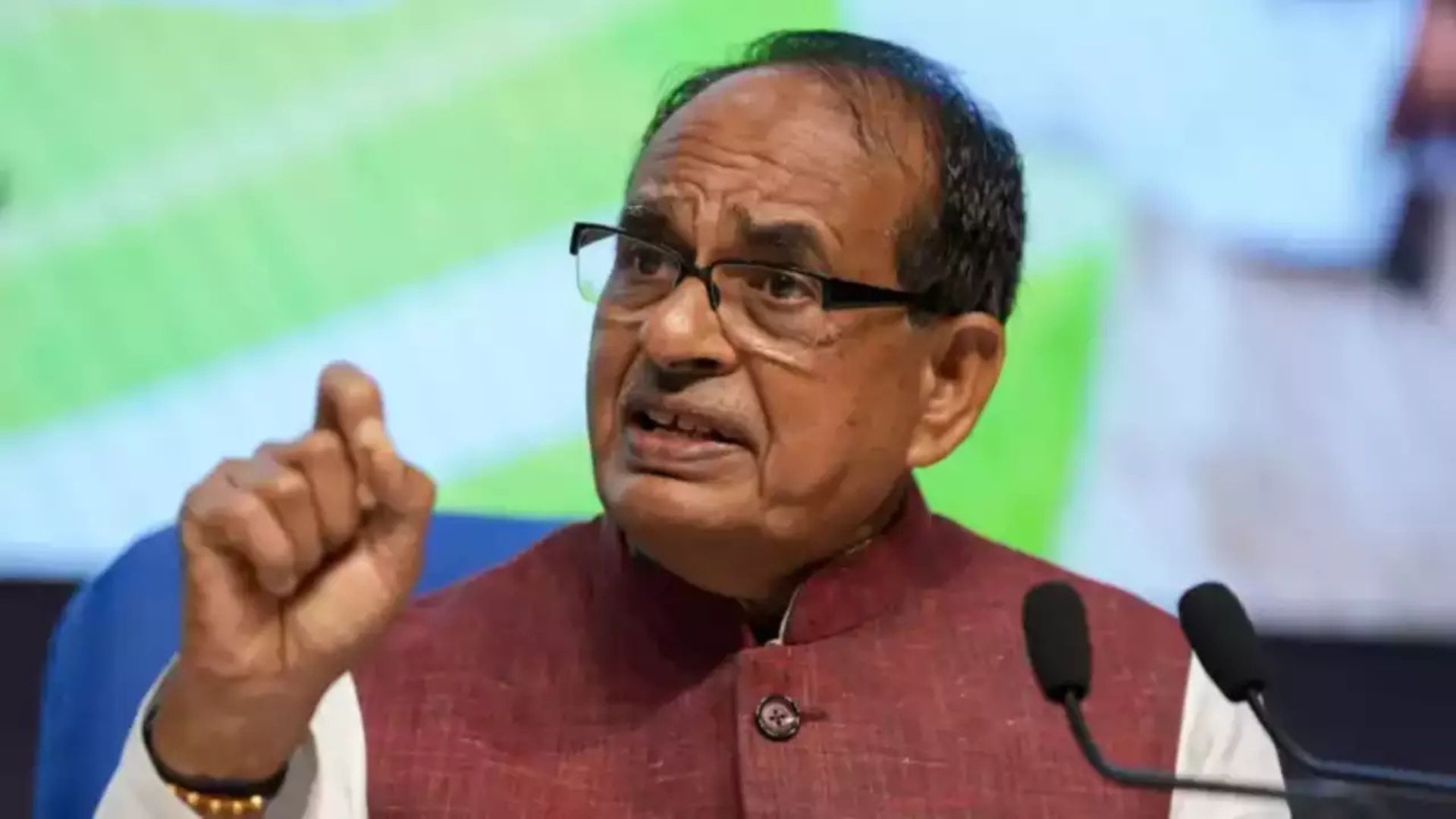
The long history of financial crises all over the world is replete with instances of crises differing in forms and types, intensity, and underlying vulnerabilities. Carmen Reinhart and Kenneth Rogoff, in their seminal work This Time Is Different: Eight Centuries of Financial Folly, debunk the belief that every crisis is different. They report that between 1800 and 2008, the world has witnessed 270 banking crises and 296 sovereign debt crises spread across several countries, and most of them have had common manifestations (in the form of financial market distortions such as the build-up of unsustainable economic imbalances and misaligned asset prices or exchange rates), common underlying vulnerabilities and similar possible ways of stemming its impact. Incidences of crises have historically involved failures of financial and non-financial institutions/corporations, slowdown or disruption to credit flows or external capital flows in key areas of the economy, etc, leading to economic slowdown. In other words, having a sense of déjà vu and drawing lessons from the past may be one way to deal with a crisis.


In the same vein, economists and experts have been drawing similarities between the economic fallout of the ongoing Covid-19 pandemic with the global financial crisis (GFC), and going back further to the Great Depression (GD) of 1929-34. We explore this. GD, known to be the worst economic downturn in the history of the industrialised world, began after the US stock market crash of 1929, causing widespread panic, loss of investors’ wealth, dwindling consumer spending, declining industrial output, failing companies, and rising unemployment. GFC, triggered by the lack of effective regulation of the US mortgage markets, had a contagion impact on many financial markets. The present health crisis has translated into an economic crisis of unprecedented proportions, adversely affecting financial and real sectors, and both demand and supply. It has dispelled doubts, if any, about the causal links between health and economy. Some manifestations of the three crises have been similar: A rapid spread engulfing almost the entire world, falling production, a slump in economic activity, accelerated unemployment, plummeting trade, burgeoning debt to GDP ratio and jittery stock markets.
However, Covid-19 is unique in more ways than one. First, it is the first recession triggered solely by a health pandemic and the most severe since the end of World War-II. An earlier pandemic, the Spanish flu of 1918-20, had been only partly responsible for the global recession of 1917-21. With high levels of integration of the global supply chain, disruptions caused by the current pandemic have been greater than ever too. The global trade growth is projected to be grim (-13.4% in 2020), even lower than the lowest rate ever of -10.4% in 2009 in the post-WW-II period. The World Bank’s forecasts suggest that more than 90% of economies will experience contractions in annual GDP per capita in 2020, even higher than the level of 85% at the peak of GD in 1931 (Figure 1).
Second, GD and GFC had unfolded on the back of economic booms in certain emerging sectors, such as auto and construction, in case of the former, and finance, housing and IT, in the latter. Global GDP had grown at an annual rate of 4.5% and 4.2% during 1922-28 and 2004-07, respectively, in the run up to these crisis situations. However, the Covid-19 pandemic came as a shocker for an already slowing down global economy, growing at 2.79% over 2012-19, and further marred by trade wars, decelerated global industrial activity and decreased consumer demand. Global trade had already declined from 5.9% in 2017 to 0.8% in 2019.
Third, the daily dynamics of the crisis, and the fact that no aspect of personal, professional, economic or social life of individuals and economies has been left unaffected, are unparalleled. The World Bank forecasts a record increase in uncertainty surrounding global growth (Figure2). The uncertainty around the timing and effectiveness of a possible cure of the virus and how long support measures will be required from governments are factors which make it difficult to make any meaningful projection of global economic recovery. Economic activities hinge vastly on “physical contact”, the absence of which has crippled them. Certain markets just ceased to exist in 2020 in various countries at different times.
In sum, the woes of the global economy in the present circumstances are enhanced.
Let us examine the policy responses to these three crises. The response to GD saw currency devaluations, monetary expansion, and greater government regulation, especially of financial markets. The main policy response to GFC was “quantitative easing” to stimulate economic activity and demand, support employment, enhance confidence and prevent bankruptcies by lowering interest rates, increasing government spending, guaranteeing deposits and purchasing ownership stakes in banks and other financial firms. Over the long term, regulatory oversight of banks and other financial institutions was strengthened. Some of the major takeaways of these crises were the importance of garnering gains of trading partners by coordinating recovery strategies and urgency to follow better regulation and governance to contain the contagion impact. The responses adapted to the evolving economic fall-out.
The economic policy response to the Covid-19 health crisis across the world has varied in scope and extent, being expansionist in nature, as in earlier crises. However, this crisis required a multipronged approach to mitigate its far-reaching impact and hence saw exceptional coordination between prudential, monetary and fiscal policies. The unique challenge that this crisis presents for the medium to long term is the uncertainty surrounding its future course, as mentioned earlier. It will be a daunting task to keep cushioning incomes of firms and individuals to sustain economic activity, while keeping a close eye on ensuring public debt sustainability given that government revenues are strained. According to the IMF’s October 2020 Fiscal Monitor, sovereign debt to GDP in advanced economies is projected to rise by 20% to about 125% of GDP and, consequently, for the fiscal balance to GDP to deteriorate by 11.4% by the end of 2021. The ratio in emerging market and developing economies is projected to rise by more than 10% to about 65% with a further fall in fiscal balance to GDP ratio by 5.6%.
It is important to remember that the debt levels were already on the higher side and interest rates were already at low levels before the crisis acted as a catalyst igniting further policy challenges. Additionally, getting the global economy back on track pivots greatly on the availability, accessibility, and affordability of vaccines, which is unique to the present situation and governments around the world are dealing with it with an utmost sense of urgency. The key to resolving the present economic crisis lies in addressing the health crisis which triggered it.
There has never been a dull moment in the economic history of the world. Crisis situations have shaped long-term policy responses, reforms and triggered better preparedness to take on the next challenge. When GFC was at its peak, it was considered a defining moment of the present century. Going forward, the Covid-19 pandemic has all the qualities of being on the highest pedestal among crises of the century. Its legacy would, no doubt, be graver than any other.
The authors are from the Indian Economic Service. The views expressed are personal.















